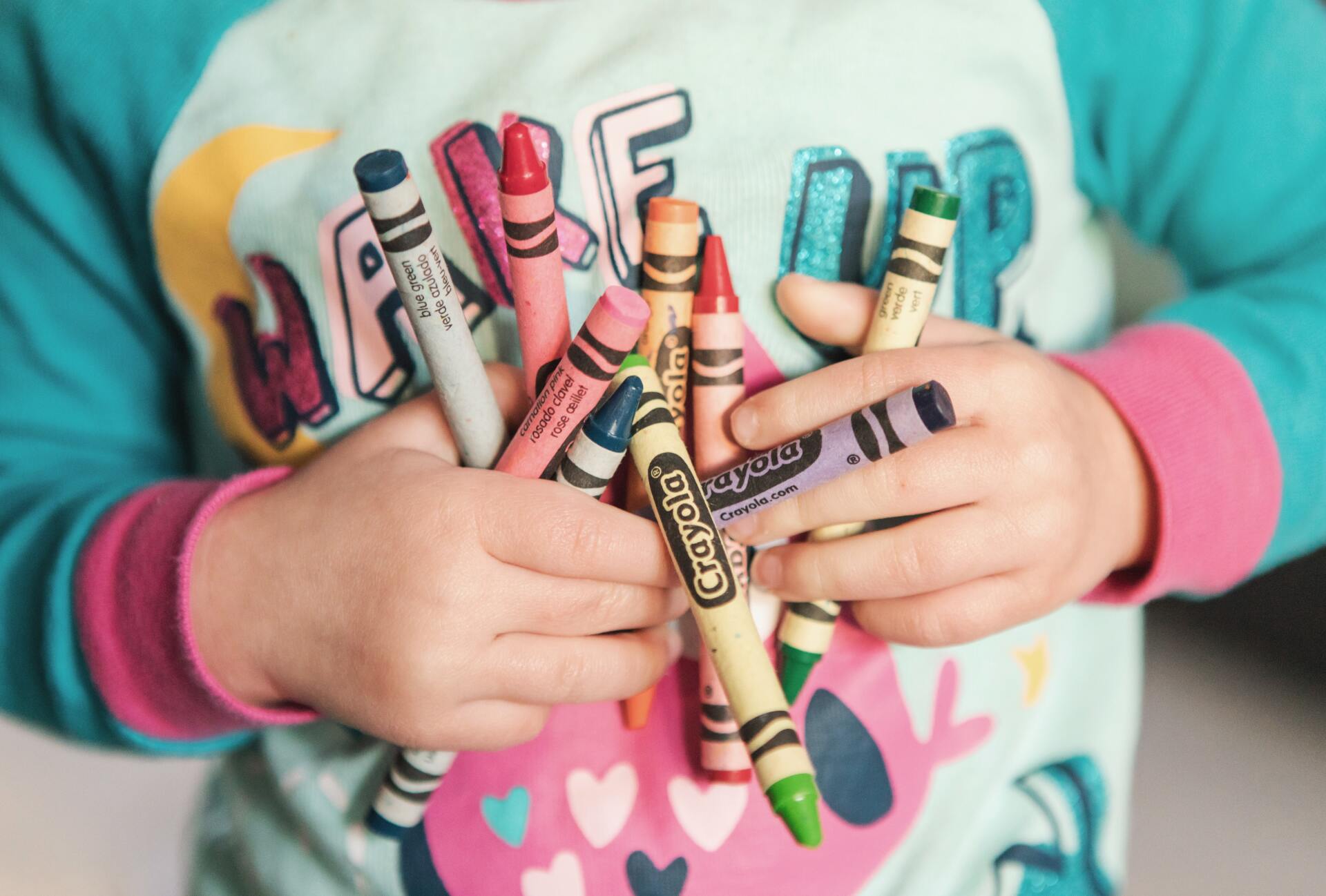A Registered Play Therapist’s Guide for Parents: Implementing Special Play Time at Home
Implementing Special Play Time at Home

The Association for Play Therapy defines play therapy as “the systematic use of a theoretical model to establish an interpersonal process wherein trained Play Therapists use the therapeutic powers of play to help clients prevent or resolve psychosocial difficulties and achieve optimal growth and development.”
Working with a Registered Play Therapist is typically the most beneficial and effective way to implement emotional growth within a family. However, we understand that committing to consistent sessions and finding time to get to appointments can be challenging. Keep reading for some ways to practice “special play time” with your child at home.
In some models of play therapy, it is taught that the “most important toy” in the playroom is the therapist, meaning a relationship alone has the power to heal. Therefore, your ongoing relationship, through play, with your child can be equally significant - if not more so!
Special playtime is a time for you to understand your child’s inner world better, build increased connections, encourage, and practice reflection. Special playtime does not have to be lengthy, though it should be consistent and something your child can count on and look forward to! This one-on-one time “fills your child’s bucket” and will bring you increased joy, compassion, and curiosity toward your child.
● Prepare your child with language explaining your commitment to starting something new with them called “special play time.” Aim for about 20-30 minutes of uninterrupted time. I encourage you to silence your phone and set aside “to-do’s” for this important time.
● Special play time works best when your child is given the ability to lead the play and be the boss; for 20-30 minutes, you get to take a break from your “manager” roles.
● Ask your child for clarification of what to do, what character to play, how to respond, etc.
● Meet your child in their energy! If dramatic play is what they need, be dramatic; if wild excitement is their vibe, match it!
● It is okay to set boundaries during special playtime to keep everyone safe. (See blog on ACT Limit Setting for support). Practice gentle and direct communication, so your child still feels connection and engagement from you.
● Let your child know when there are 3-5 minutes left of special playtime; if your child whines or is angry upon ending, reflect on how the time together felt special and fun to you both, and it will happen again.
Your child likely needs scheduled special play time if you notice increased attention-seeking behaviors or outbursts. Your child likely needs scheduled special play time if you notice withdrawn or anxious symptoms. There is no downside to planning extra connection and fun with your child. If you have questions about this or want to work with an RPT, please call Bareiter Counseling Center.



